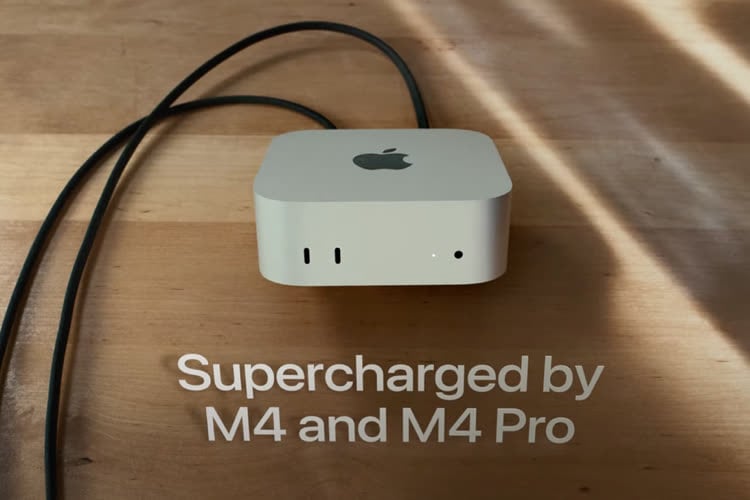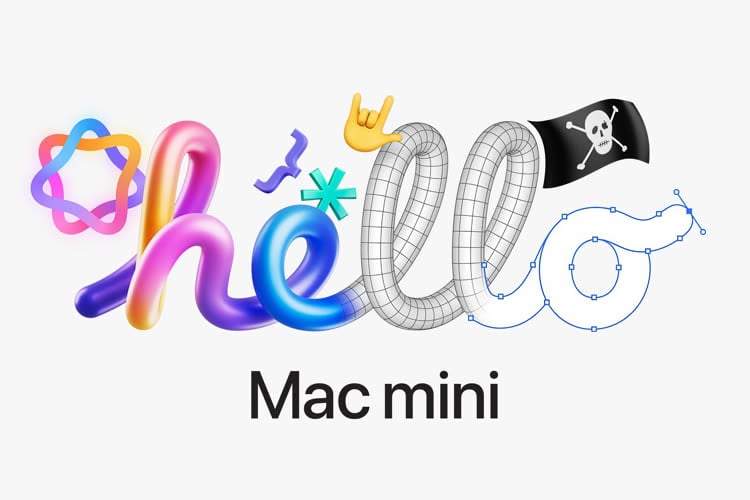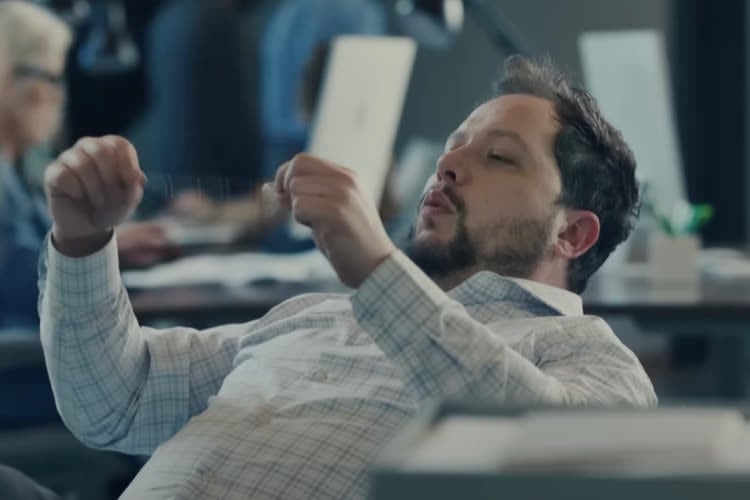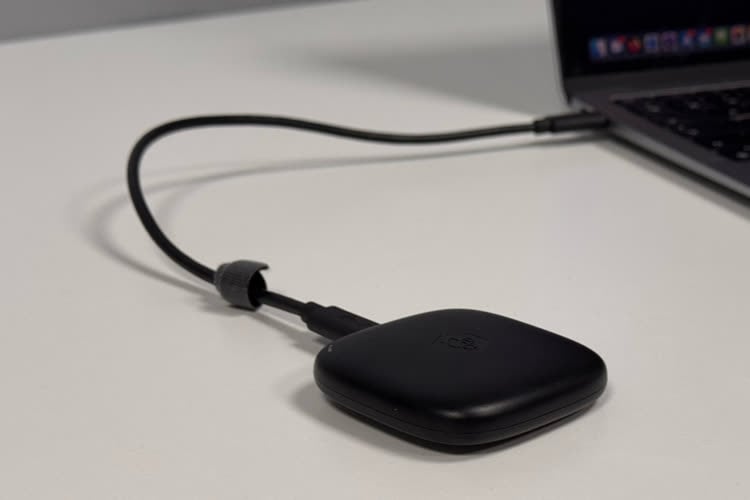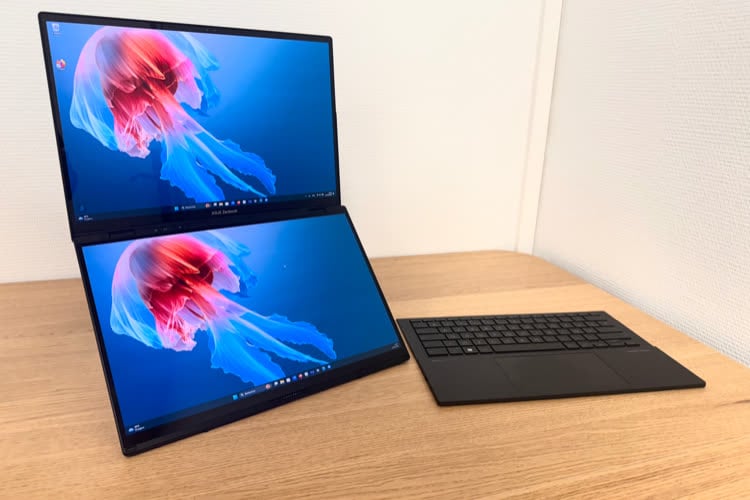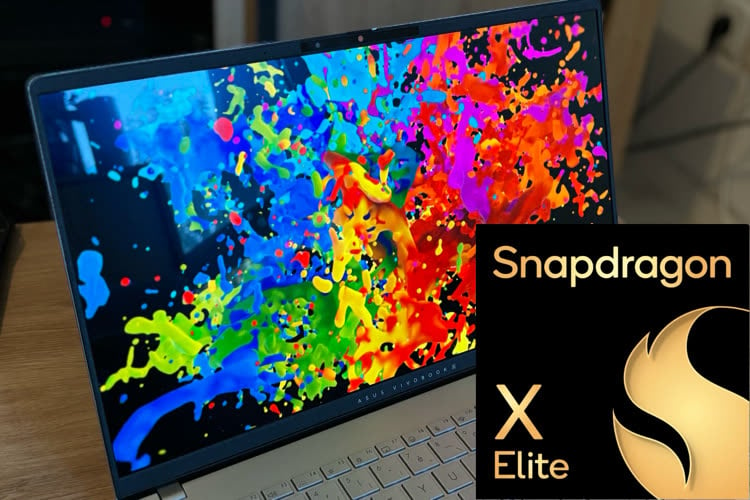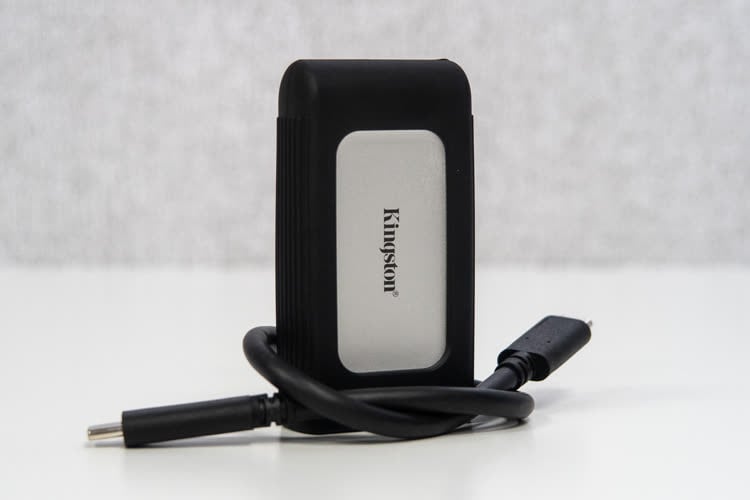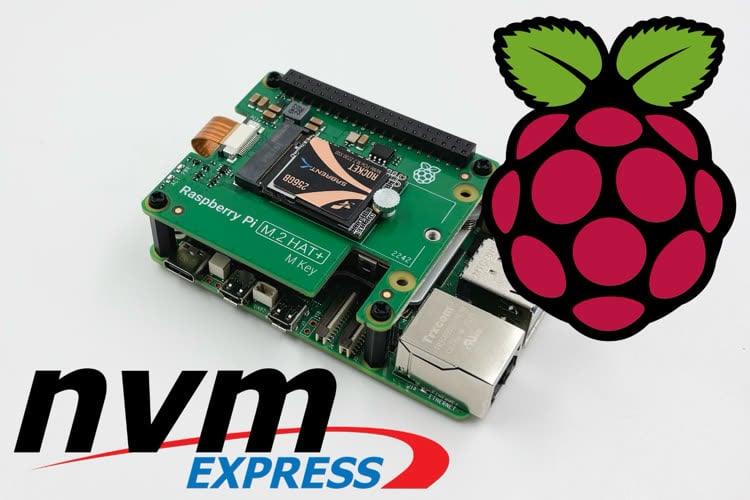À trois ans, Liam est hyperactif. Il est capable de démonter plus de 1,2 million d'iPhone par an. Le robot surdoué a fait son petit effet lors du dernier keynote, mais en dehors de la vidéo de présentation amusante, Apple n'a pas donné beaucoup d'informations à son sujet. Nous nous sommes procuré un document interne détaillant la genèse de Liam et son fonctionnement.
Liam est né il y a trois ans de la volonté d'Apple d'améliorer le recyclage des iPhone. Les techniques traditionnelles utilisant des déchiqueteuses sont rapides, mais ne permettent pas de récupérer certains matériaux importants. C'est le cas du tungstène, qui fait partie des « minerais de conflit » et qui est utilisé par le moteur de vibration de l'iPhone pour produire l'effet haptique de 3D Touch. En séparant le Taptic Engine du reste de l'iPhone, Liam permet de recycler son tungstène.
Mais Liam n'a pas toujours été aussi doué. À ses débuts, il mettait pas moins de 13 minutes pour démonter un iPhone 5. « Manuellement, on peut probablement aller un peu plus vite, mais cela nous a permis de tirer beaucoup de leçons », explique Charissa Rujanavech, qui travaille dans la division des initiatives environnementales d'Apple.
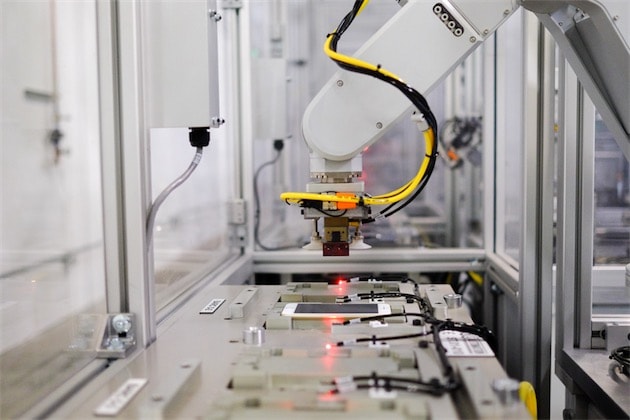
L'une de ces leçons, c'est comment il faut gérer toutes les surprises qui peuvent apparaître lors du démontage. Car si désosser un appareil contenant de nombreuses petites pièces n'était pas assez compliqué comme ça, les iPhone que Liam traite peuvent être altérés de diverses manières : corrosion, dommages causés par de l'eau, vis déformées... « Les gens font des trucs vraiment bizarres avec leurs iPhone, note Charissa Rujanavech. C'est en réalité extrêmement difficile pour un robot de démonter systématiquement un produit. »
Ces enseignements ont permis de mettre au point Liam 2.0, celui-là même qui a été présenté lors du special event.
Il s'agit d'une ligne de 30 mètres de long de 29 robots. Chacun a un rôle très spécifique, allant du retrait de la batterie avec précaution et de toutes les vis, jusqu'à l'extraction de la carte mère où se trouvent tous les métaux précieux. C'est presque entièrement automatisé. Il faut seulement le nourrir en iPhone et vider ses récipients quand ils sont pleins.
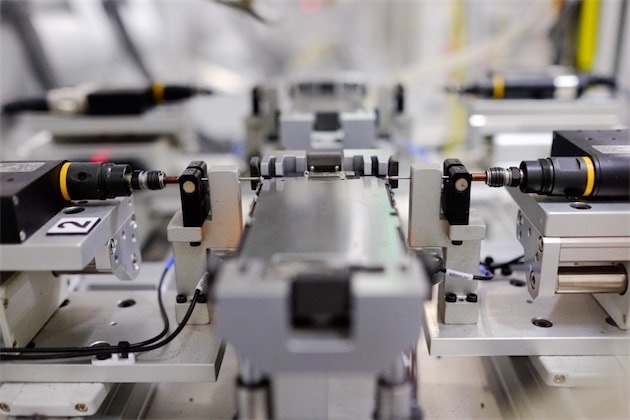
Le démontage ne se déroule pas au vu et au su de tout le monde, comme dans la vidéo de présentation. En fait, les iPhone sont cachés dans Liam pendant la majeure partie de l'opération. Ils sont guidés par une bande transporteuse qui a été conçue en interne par l'équipe Advanced Manufacturing Engineering. Jusqu'à 40 iPhone peuvent être déposés en même temps, précise Mashable, seul média à qui Liam a été présenté en personne.
Le premier robot retire l'écran, puis le boîtier est conduit jusqu'à un autre robot où la batterie est enlevée — Liam débarrasse ainsi l'homme d'une opération potentiellement dangereuse. Chaque type de pièces est récolté différemment : les vis sont aspirées par des tubes, tandis que les tiroirs de carte SIM tombent dans un bac sous la ligne de démontage.
Quand un iPhone est en état de corrosion, le premier robot peut essayer de retirer une vis jusqu'à cinq fois, sans pour autant bloquer les autres opérations. Selon Apple, Liam a un taux de réussite de 97 % dans le démontage de chaque composant. L'opérateur dispose de plusieurs écrans de contrôle pour surveiller le processus. Ces écrans ne sont pas des iPad, note Mashable.
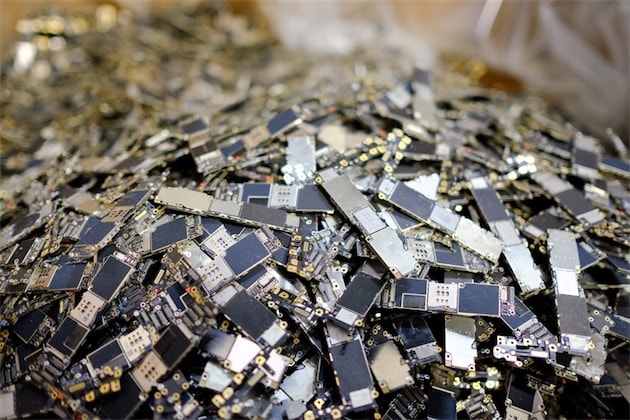
Au bout du compte, Liam peut démonter entièrement un iPhone en 11 secondes. Apple n'a pas un Liam en fonctionnement, mais deux. Ensemble, ils peuvent traiter 2,4 millions d'unités d'iPhone 6 par an, soit assez pour gérer tout ce qui vient du service AppleCare.
Apple n'a pas voulu préciser à Mashable depuis quand Liam est en route, mais elle a insisté sur le fait qu'il était toujours en phase de développement. Dans le document interne, Rob Guzzo, responsable des technologies environnementales de Cupertino, indique que Liam a été conçu pour être flexible. Chacune de ses parties peut être ajustée.
Au fait, d'où vient ce nom ? Il ne s'agit pas d'un acronyme. C'est seulement qu'un petit groupe d'ingénieurs a trouvé que « Liam » allait bien à ce robot.
Ci-dessous, la présentation intégrale de Liam aux équipes d'Apple :
Many people imagine iPhone manufacturing as something where parts go in one side and an iPhone magically comes out on the other. The reality is that iPhone is inspected at each step along the way, and pieced together with incredible care.
Recycling it, on the other hand, can be the exact opposite of that. Often, it involves running the phone through a shredder and picking apart the pieces. Materials can get mixed together and downgraded to lower levels of purity, making it difficult to use them again in the same kinds of products they originated from.
Three years ago, Apple quietly began a research and development project to change the way iPhones are recycled. The challenge was to figure out the best way to do that. “Our products are designed to be as durable and long-lasting as possible,” explains Charissa Rujanavech who works in Apple’s Operations Environmental Initiatives team. “Designing for easy disassembly when it’s such a tiny part of an iPhone’s total lifecycle doesn’t really make sense.”
With that in mind, the Environmental Technologies and later the Advanced Manufacturing Engineering teams started engineering a better way to take these same devices apart. If they could disassemble the iPhone right down to difficult-to-get-to rare earth metals, it could be recycled or have its materials reused far more efficiently and at greater speed and scale.
The first crack at that idea, codename Liam, was a single robotic arm that could take apart an iPhone 5 in 13 minutes. It would pick up the iPhone, then interact with a variety of tools, breaking the device down, piece by piece. It was a lot like how a human would do it, which is to say slowly. “Manually you could probably do it a little faster, but we were able to learn a lot of lessons,” Rujanavech says.
One of those lessons was how to deal with the kinds of surprises that lie hidden inside an iPhone at the end of its life, one that’s beyond repair: things like corrosion, water damage and threaded screws. “Customers do really bizarre things to their iPhones,” explains Rujanavech. “So to be able to get our robot to consistently disassemble a product is actually extremely difficult.”
Those learnings led to the design of Liam 2.0. It’s a 100-foot-long assembly line of 29 robots, each with a very specific role, from safely removing the battery and any screws, to grabbing the main logic board where most of the precious metals lie. It’s almost entirely autonomous, requiring only that it’s fed a fresh supply of iPhones and its bins emptied out when they fill up with each part. For much of it, the phones are actually out of sight, being ferried in an ingenious conveyer belt designed by Sean Shannon and the Advanced Manufacturing Engineering team.
Running through these tiny but important tasks, the net result is a fully-disassembled iPhone running off the line every 11 seconds. Add that up, and Apple’s two Liam lines are capable of processing up to 2.4 million iPhone 6 units a year, supporting the iPhone scrap volumes from AppleCare and service channels. In the future, it could also process recycled iPhone 6 units when they start reaching their end of life.
Liam was created to present an alternative to shredding, a widely-used but decades-old recycling technique that sends electronics through a set of metal teeth that crush it to bits. The small pieces that come out on the other side are typically sorted by size and with specialized magnets.The process is quick, but makes it impossible to recycle certain key materials that cannot be separated out; rare earths like neodymium and dysprosium, or conflict minerals like tungsten and tantalum. Often times, the shredded materials are simply reprocessed for use in lesser-quality products instead of being recycled to their original purity.
In the case of the tungsten Apple uses, Liam presents a good solution to recover it. Tungsten is concentrated in the haptic engine of the iPhone 6, but currently inaccessible to traditional e-waste recycling technologies. By liberating and separating the haptic engine from the rest of the unit, it can be sent off to a tungsten recycler who can recover it as well as other metals, like gold and copper.
One other potential benefit of the modular Liam design: each robot could be adjusted with different tools and techniques, leaving room for improvement if better disassembly methods are imagined later. “It’s designed to be flexible,” explains Rob Guzzo, who manages the Environmental Technologies group. Teams are exploring these opportunities with the goal to minimize our use of finite resources.
The greater idea of Liam is that the thought behind its invention will spread elsewhere. It’s that recyclers and possibly even other companies who make electronics will reevaluate existing industrial methods to be more comprehensive and thoughtful.
“The end goal for this is to not only spark a recycling revolution for e-waste, but to be able to recycle materials that no one’s ever been able to recycle before,” Guzzo says.



